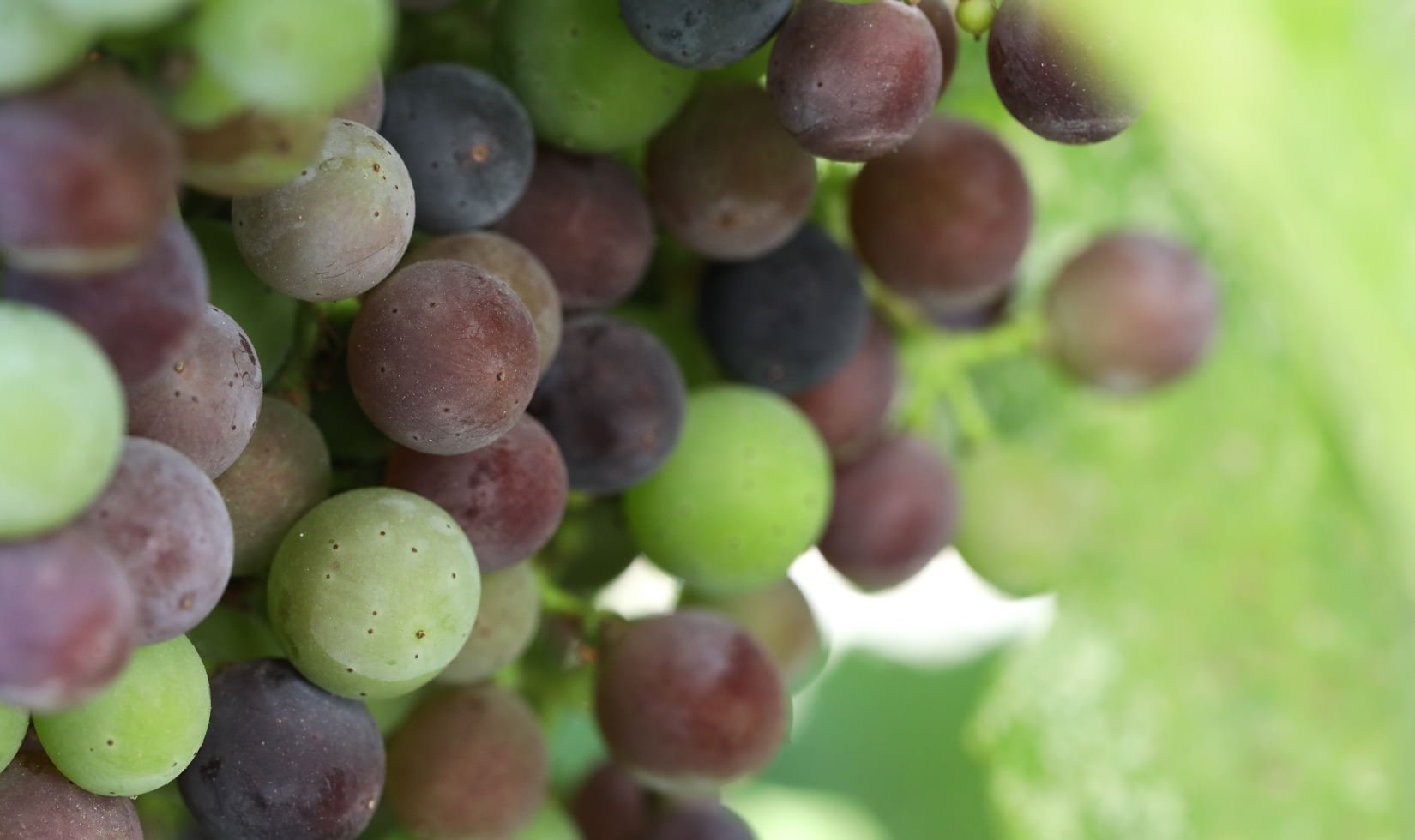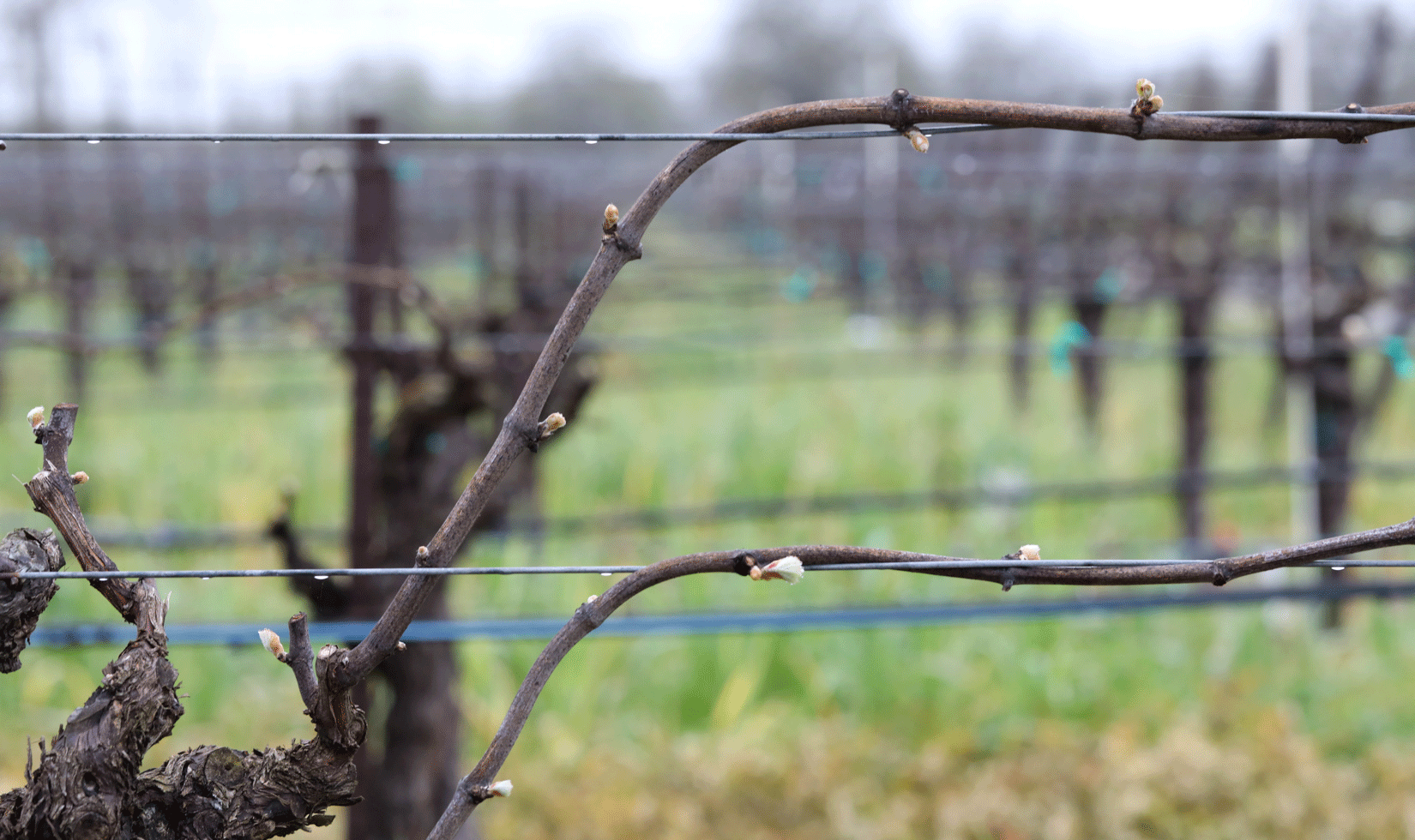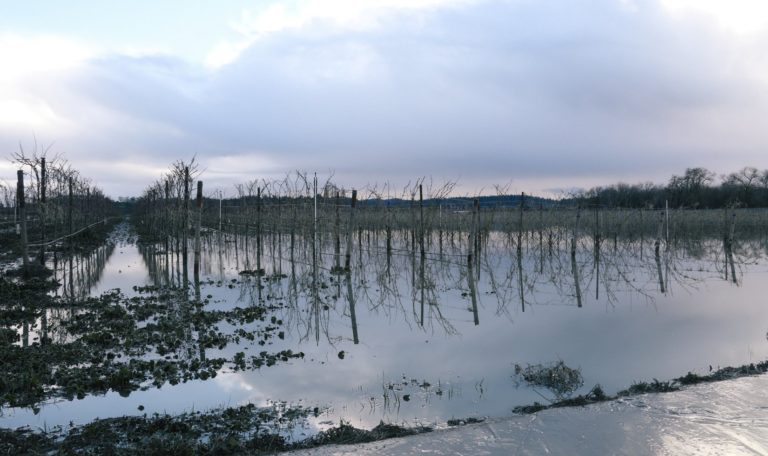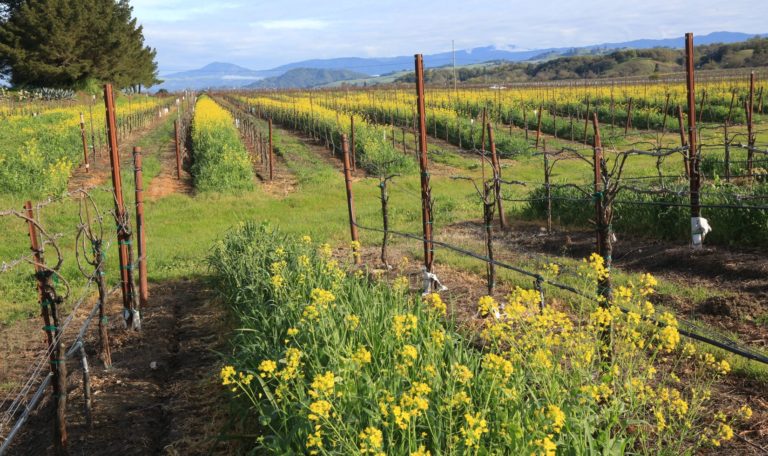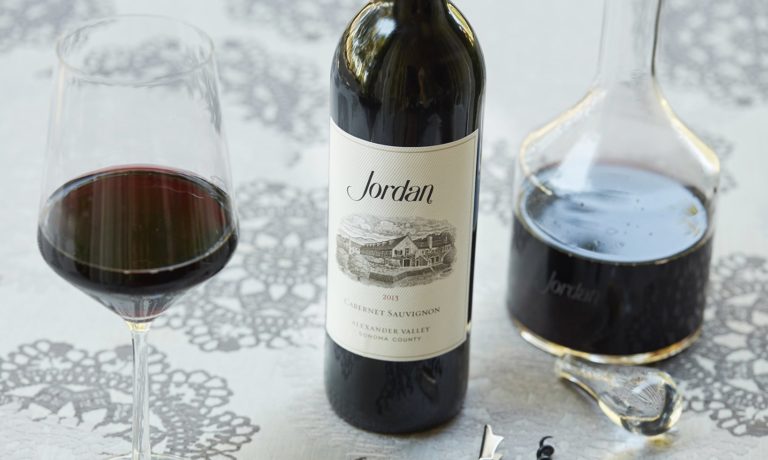The 2017 vintage growing season thus far reminds me of resetting a watch back to my regular time zone after a long international flight. Mother Nature has finally hit the reset button on grape growing conditions in Northern California after five years of viticultural “jet lag” from the prolonged drought. In this 2017 summer growing season report, I’ll summarize the current progress of the wine grapes this vintage in terms of quantity and quality, how the weather has impacted farming in Sonoma County wine country and when we expect harvest to begin.
This welcome return to normalcy for growers and winemakers is more due to cooler temperatures than the record rainfall received this past winter. After years of very warm weather in February and March, days remained cool to cold from late winter into early spring, preventing the grapevines from triggering another early bud break in 2017. Bud break responds to the soil temperature warming enough to awake the vine from its winter slumber, and that didn’t occur until mid-March. Ambient late-winter temperatures were back to normal this year, so bud break happened at a more typical time. The massive amount of rain that fell this past winter was more important to refilling the local reservoirs and replenishing the water table than to delaying bud break.
As discussed in my Facebook Live video on the spring growing season for the 2017 vintage, temperatures remained cool into April, but not cold enough for any frost damage, though we had two nights where temperatures came close to freezing. Continued rain in April caused the cover crops between vineyard rows to have a huge growth spike. The biggest challenge in spring was getting tractors into the vineyards to mow due to the overgrown cover crops, which were three-feet-tall in some vineyards. After we finally got a chance to mow the grass, the rain continued.
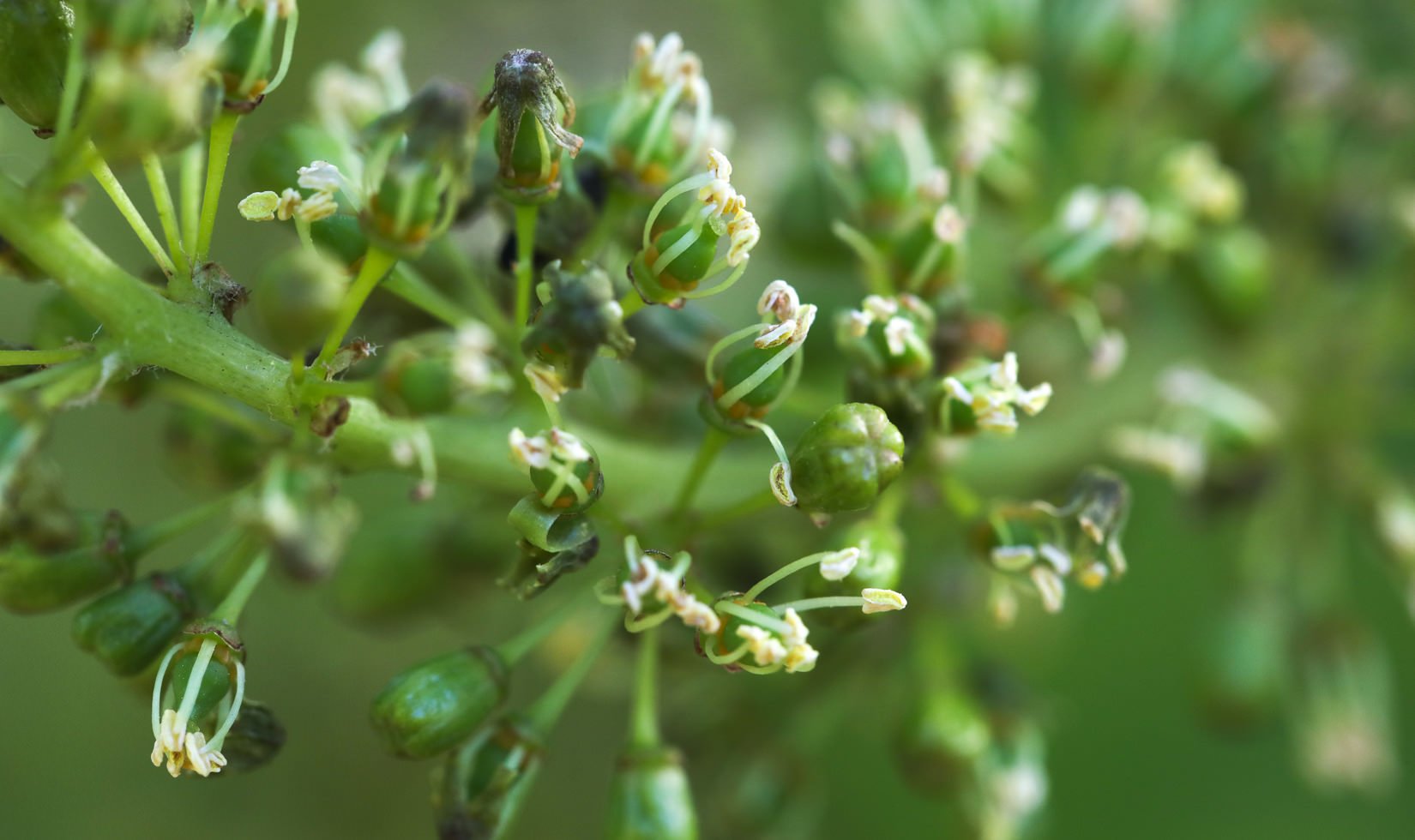
Those cool, gloomy days of spring finally gave way to sunshine in mid-May when flowering of the grapevines began, about three weeks later than the last few vintages. Bloom conditions were normal with some light wind, allowing an average-sized crop of grape clusters to form on Russian River Valley Chardonnay grapevines, Alexander Valley Malbec and Petit Verdot. Alexander Valley Merlot is the poster child of the 2017 vintage thus far with above-average yields. Unseasonable rain returned toward the end of May when late-ripening Cabernet Sauvignon grapes were still flowering, which caused some shatter on the clusters. This led to a slightly below-average-sized crop for the king of red wines for most of our grower vineyards, though a few Jordan Estate vineyard blocks had a remarkable set with crop levels on par with the 2012 vintage. Can one week make a difference in fertilization? Yes! Overall, the slight wind and rain did not impact uniformity of fruit; the clusters began to grow evenly into June when fruit set and rapid cell division began.
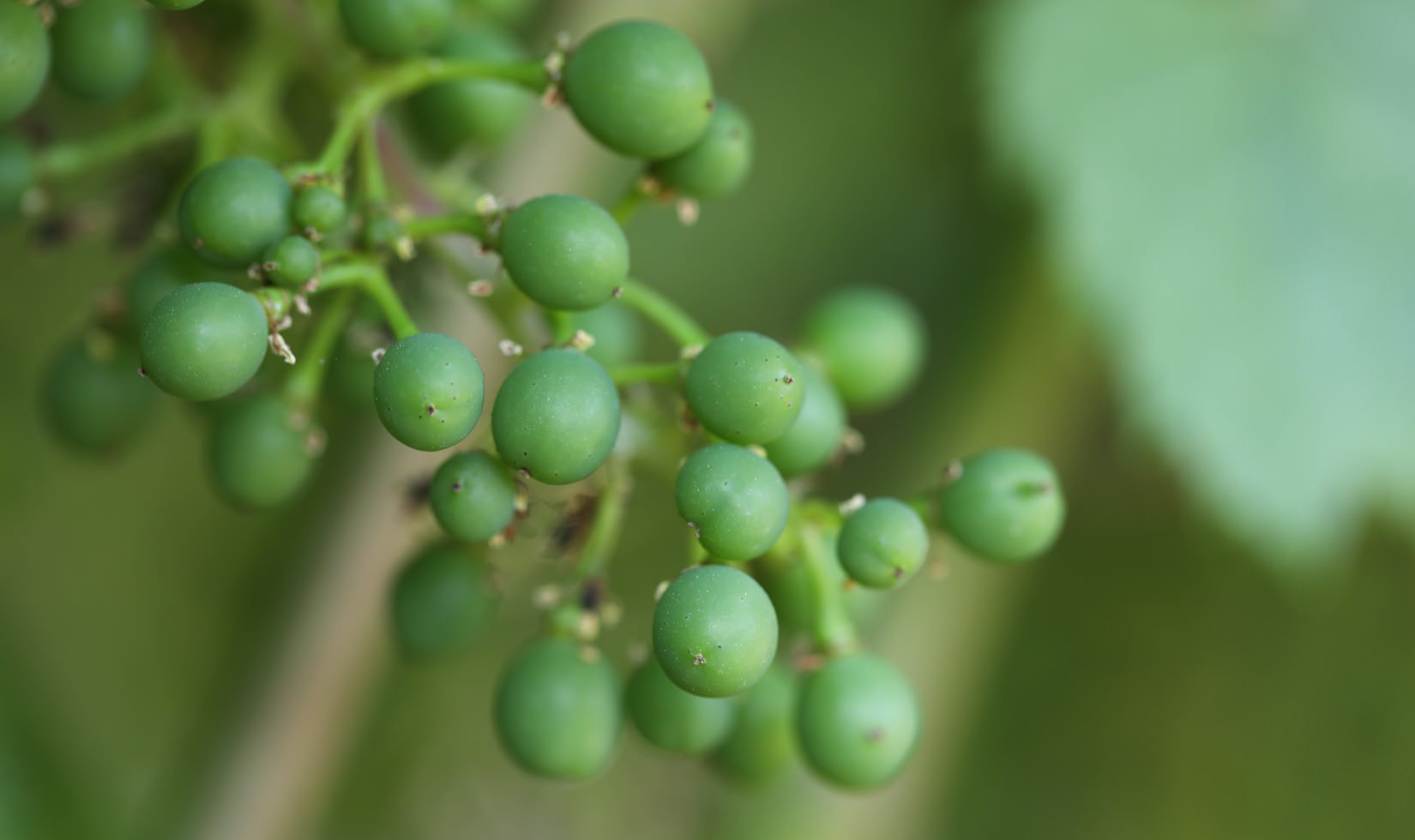
The weather has been swinging like a yo-yo every few weeks this summer. Three heat spikes have hit Sonoma County in June and July, bringing hot days with temperatures either in the 90s or well above 100. (It was 110 degrees in Alexander Valley over Father’s Day weekend.) News reports have dubbed it California’s worst heat wave in more than a decade (since 2006).
Leafing to open up the grapevine canopy and provide filtered light to the clusters was delayed in June because of this intense heat. Irrigation can partly help a vine to weather the swelter, but once the vine exceeds 95 degrees, respiration shuts down to reduce water loss, and the vine can only recover the following morning under cooler weather when the roots can draw water from the soil. The grapevines are receiving typical irrigation cycles as computed from weather stations, soil and vine sensors. Young vines especially need extra attention during heat waves to ensure they survive; additional irrigation is necessary for their shallow root systems.
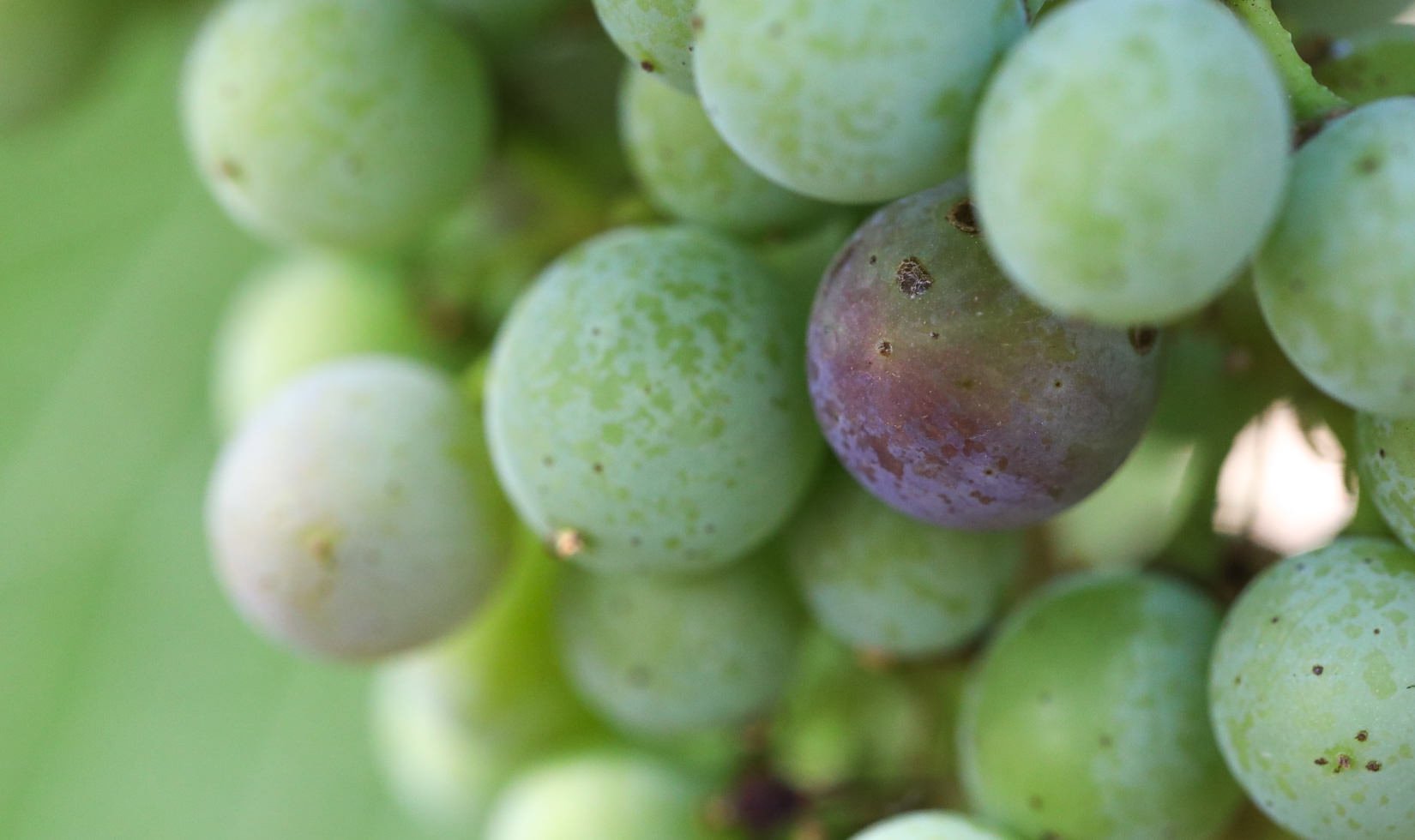
These swings in temperature have continued into late July, just as veraison—the onset of ripening, when red grapes change from green to purplish-red and sugars begin to rise—is underway in the vineyards. (Veraison began the third week of July—a few weeks later than in recent years.) During veraison, temperatures are critical to achieving cluster maturity. Too much heat, and the vine will abort the fruit. Another concern, particularly with Chardonnay, is sunburn of its fragile skins. There’s no SPF 50 to prevent the grapes from getting too much of a tan. Having the right trellis for the grapes is key—too much shading of fruit, and the varietals express less maturity; too little and the varietals express less flavor concentration due to sunburn of the skins. We are hoping for temperatures in the lower 90s over the next few weeks, but luckily night temperatures should dip into the mid-50s. This diurnal swing of 50 degrees overnight is exactly what the grapes need to recover from the day’s heat.
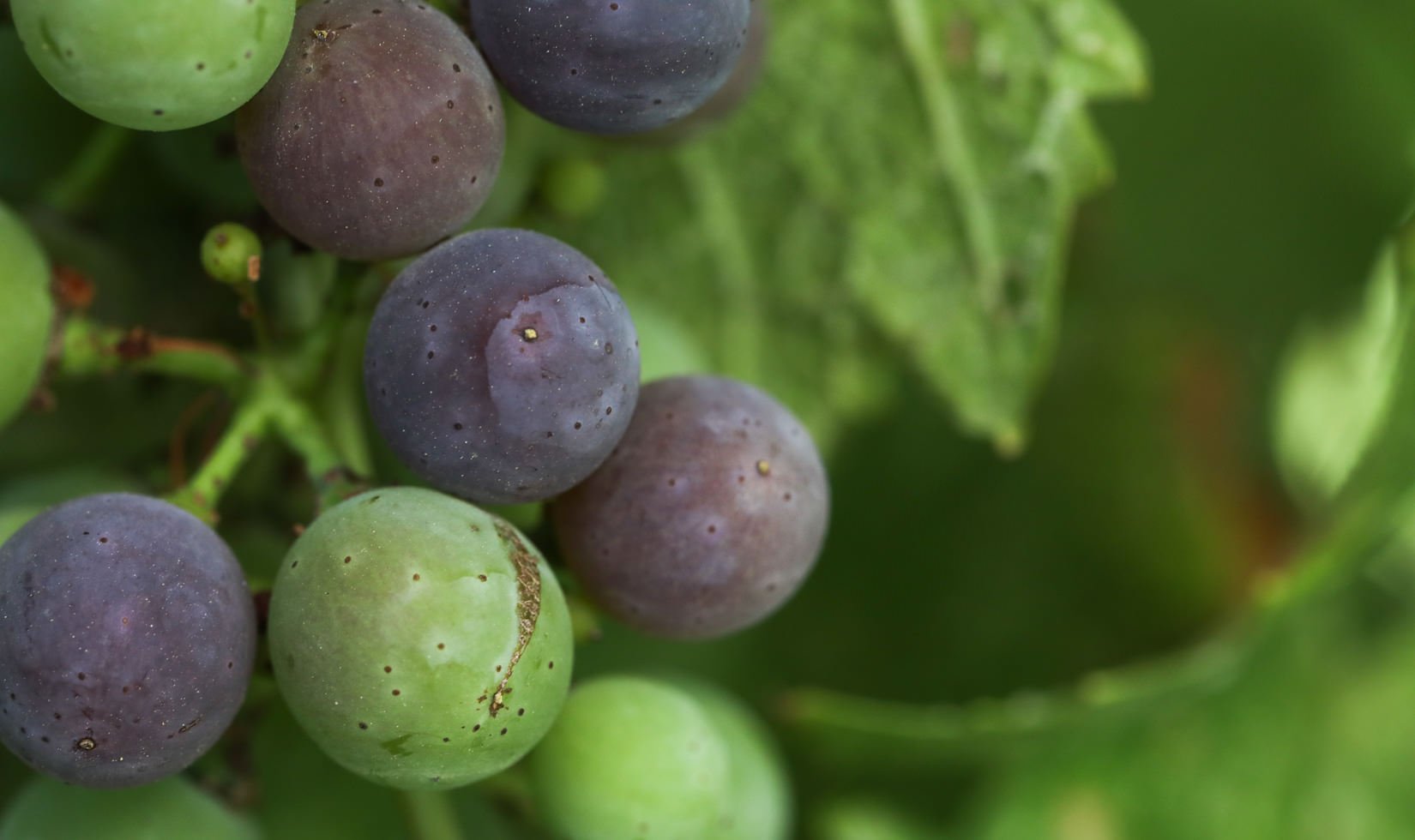
Now that color change is at about 50% on our earlier ripening grower vineyards in Alexander Valley and only about 10% at Jordan Estate, the 2017 harvest is back on track to begin in mid-September—just like the old days. It’s too early to assess quality of vintage 2017, but the potential for a really nice harvest is already there. The quality of a grape harvest is measured the following ways:
- Average crop estimates. The quantity this year is average in size, both for berries and clusters. The canopy-to-crop ratio is also fairly balanced in 2017.
- Moderate weather. Nothing calamitous has happened with the weather to date in Sonoma County. The heat is a concern, and dry weather throughout harvest is needed. Compared to friends in Europe, who have dealt with hail and mildew and expect record low harvests in some French wine regions, Sonoma County’s 2017 vintage has fared quite well.
- Ample water supply. Grapevines need access to water to thrive. Because of the generous rain received over the winter and into spring, our water table has been replenished.
The next couple weeks are critical. Although we can talk much about the weather, there is a limit to what the farmer can accomplish. Current short-term forecast is for more heat around the century mark. With judicious applications of water, we should be able to help the vines get through the heat. I’m still guessing that our first day of harvest will be closer to mid-September.
2017 reminds me of the 1994 vintage—similar crop size and weather patterns from spring through summer. In 1994, we had a rapid, exhilarating start to crush. I’m hoping for a less-intense harvest window this year.
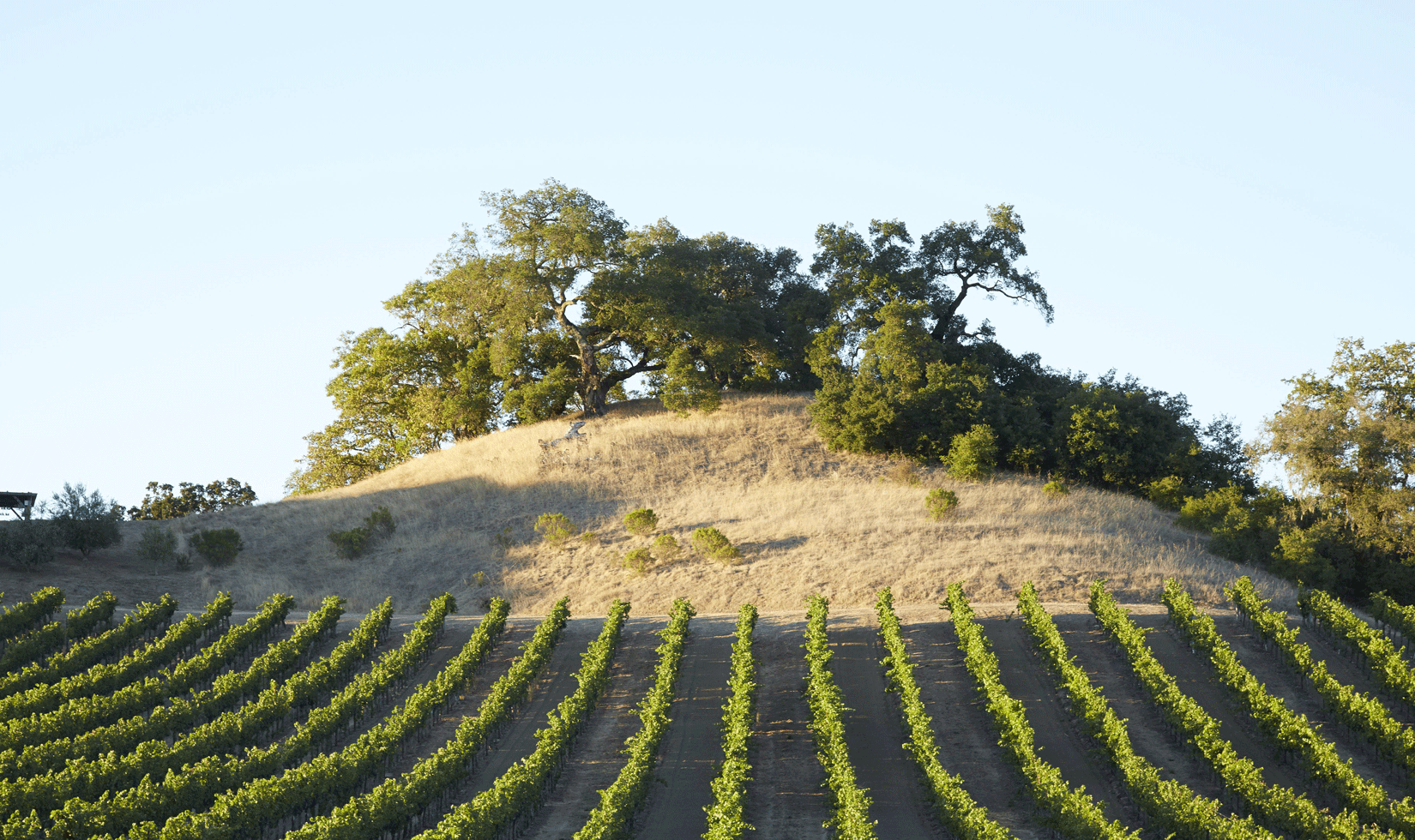
Until then, we have plenty to keep us busy. Adequate preparation is key to ensuring that when the harvest begins, nothing will slow us down. We will be prepping our tanks, presses, crushers and destemmers. It’s so exciting to hear the motors click in and reverberate those sounds that one can only hear during the best time of year.
Follow us on Facebook, Instagram or Twitter for ongoing #harvest2017 updates.
